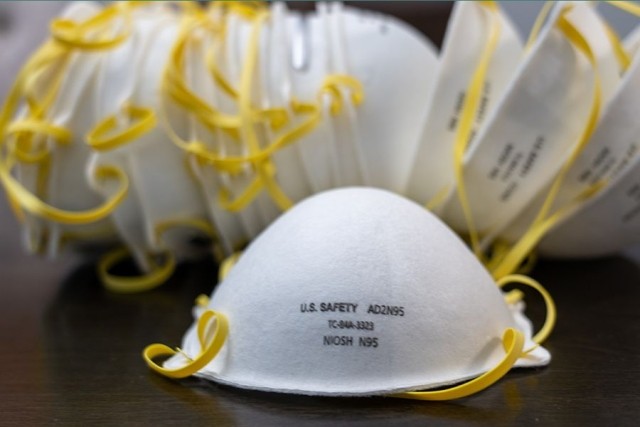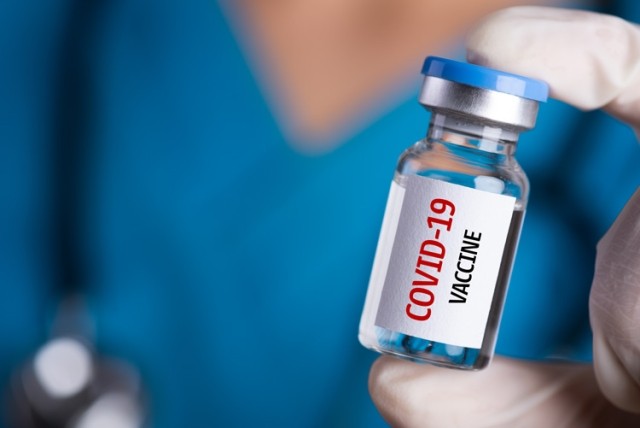Blog
How "Long COVID" Workers’ Compensation Claims May Have a Lasting Effect
This blog post can also be found on our Coronavirus Resource Center.
As we enter the eighth consecutive fiscal quarter of managing our way through the pandemic, there have been over 724,000 deaths and almost 45 million confirmed positive cases of COVID-19 in the United States and 4.8 million deaths globally. Although many people will eventually recover fully from the debilitating health effects, some individuals continue to encounter long-term issues associated with breathing conditions requiring ventilators, headaches, and the loss of taste and smell.

Workers’ Compensation Rules Vary Dramatically State by State
About 16 states have introduced or passed legislation that would allow employees who suffer from a communicable disease like COVID-19 to file workers’ compensation (WC) claims, presuming they contracted their illness at work, according to the National Council on Compensation Insurance (NCCI).
Many of these laws have made it easier for essential workers—nurses, doctors, first responders, assisted living, as well as essential employees in manufacturing and retail employees—to receive workers’ comp after falling ill with COVID. But not everyone is covered. State laws do differ, but if an employee can show that they contracted COVID in the course and scope of their employment, then their claim for disability and medical treatment will be covered.
However, proving a COVID-19 case is directly a result of work can be challenging. Workers can potentially contract the virus—especially the highly contagious Delta variant—anywhere. They could become infected at home, a restaurant, a religious gathering or a public event.
Volume of COVID-Related Workers' Comp Claims
Overall, workers filed more than 45,000 COVID-related claims in 2020, according to the State of the Line Report from NCCI in May 2021. Yet, the vast majority of those COVID-19 claims are very small, and those cases are ones that don’t require hospitalization in which workers are only out of work for a few days or a week.
Approximately 1% of claims resulted in reserves greater than $100,000 where a worker was sick with COVID-19 for an extended period of time. However, that 1% of claims also accounted for 60% of the total payouts. In 2020, insurance carriers reported $260 million in COVID-incurred losses to NCCI.
The Complexity of "Long COVID" Claims
Adding to the complexity is that some employees did not file an initial claim because they didn’t get a severe case when they contracted COVID. Instead, they decide to file a claim months later because of ongoing symptoms of long COVID with multiple symptoms, varying lengths, and a whole host of potential treatment options.
Other people have been dealing with the effects of long COVID, also known as post-acute COVID-19 syndrome. The treatments can include everything from appointments to see specialists to attending pulmonary rehab and a neurological clinic, which focus on physical therapy, occupational therapy, and speech therapy to help relieve some of the brain fog and memory issues.
Although most people get better within weeks of becoming infected with the virus, some people experience a wide range of new, returning, or ongoing health problems. According to the CDC, even people who did not experience initial symptoms in the early days or weeks after being infected can experience post-COVID conditions.
Since July 2021, long COVID has been considered a disability under the Americans with Disabilities Act (ADA).
Scientists around the world are trying to learn more about who gets long COVID and why.
People with long COVD report different combinations of the following symptoms:
|
Another potential adverse result we may see in the near future is an increase in post-traumatic stress disorder claims filed by first responders and employees in the healthcare industry as a result of the additional stress and long-term mental effects of dealing firsthand with COVID patients.
It will take years to understand the ultimate financial impact of Long COVID claims on the employers and workers’ comp insurers. Employers still have strong motivations to manage Long COVID claims strategically and proactively today.
These claims have the potential to hit employers with large deductibles hard if not managed carefully. Furthermore, long COVID claims will continue to make hiring and retaining employees in industries where such claims are prevalent challenging.
Table of Contents










